Overcoming CPAP Claustrophobia and Anxiety: A Guide for New Users
Introduction to Sleep Apnea and CPAP Therapy
Sleep apnea is a common sleep disorder where breathing repeatedly stops and starts during sleep. If left untreated, it can lead to serious health issues like fatigue, high blood pressure, heart problems, and more. Continuous Positive Airway Pressure (CPAP) therapy is the gold-standard treatment for obstructive sleep apnea. CPAP involves wearing a mask connected to a machine that gently blows air to keep your airway open through the night. This therapy can dramatically improve your sleep quality and overall health by preventing those dangerous breathing pauses.
Adjusting to CPAP, however, isn’t always easy. For many new users, wearing a mask at night can feel strange or overwhelming. It’s normal to experience some discomfort or worry in the beginning. In fact, a lot of first-time CPAP users struggle with feelings of claustrophobia and anxiety when they start therapy. The good news is that these challenges can be overcome with time, patience, and the right strategies. In this guide, we’ll discuss why you might feel anxious or claustrophobic and provide practical tips to help you become comfortable and confident with your CPAP therapy. Remember, CPAP is an important step towards better sleep and health, and you are not alone in facing these initial hurdles.
How Claustrophobia and Anxiety Can Impact CPAP Use
Claustrophobia is the fear of confined spaces, and it can be triggered by things that cover your face or restrict movement. It’s easy to understand why a CPAP mask might set off those feelings for some people. When you put on a CPAP mask—covering your nose, or nose and mouth—it can feel confining. You might worry about not getting enough air or feel “trapped” behind the mask. These sensations can lead to anxiety or even panic symptoms, such as a racing heart, shortness of breath, or an urge to rip the mask off.
Anxiety can also come from the newness of the experience: sleeping attached to a machine, hearing the hum of the motor, or feeling the pressurized air. Some users lie in bed worrying, “Will I be able to breathe? What if I choke?” These anxious thoughts can make it harder to fall asleep and may cause you to abandon the mask during the night. In turn, not using the CPAP means your sleep apnea is not being treated, which can leave you feeling tired and frustrated the next day. It can become a cycle: anxiety makes it hard to use CPAP, but poor sleep from not using it makes anxiety worse.
It’s important to understand that these reactions are common. Many people have felt the same way at first. (One study even found that over half of new CPAP users reported some claustrophobia on the first night!) The key is realizing that a CPAP mask will not harm you. It might feel odd, but it’s delivering air to help you breathe, not blocking you. Modern CPAP masks have safety vents that allow you to breathe normally and release carbon dioxide. If the machine were to stop or you needed to breathe through your mouth, the system is designed to keep you safe. Reminding yourself of this can help ease the fear. In the next sections, we’ll explore practical ways to reduce that claustrophobic, anxious feeling so you can stick with your therapy and start feeling the benefits.
Practical Strategies for Overcoming CPAP Claustrophobia and Anxiety
When you’re struggling with mask anxiety or claustrophobia, it’s essential to approach CPAP therapy step by step. Don’t worry – you don’t have to get comfortable with it overnight. Here are several strategies you can use to gradually overcome these challenges and make CPAP a normal part of your nightly routine:
-
Mask Desensitization: Ease into wearing your CPAP mask by practicing with it while you’re awake. For example, during the day or evening, wear the mask (and even turn on the CPAP machine at a low pressure or ramp setting) for short periods. You might do this while watching TV, reading, or listening to music. This practice helps your brain associate the mask with a safe, everyday activity. Start with just 10-15 minutes and gradually increase the time each session. Over a few days, you’ll find the mask begins to feel more familiar and less intimidating. By the time you actually try sleeping with it, it won’t feel as foreign on your face.
-
Breathing Exercises and Relaxation Techniques: Simple relaxation exercises can greatly reduce anxiety when using CPAP. Before bed (and even while wearing the mask during practice sessions), try some deep breathing: inhale slowly through your nose for about 4 seconds, then exhale through your mouth for 4 seconds. Repeat this rhythmic breathing and focus your mind on the breath. If you start to panic with the mask on, pause and consciously slow your breathing. Remind yourself that air is flowing and you are okay. You can also incorporate relaxation methods like progressive muscle relaxation (tensing and releasing different muscle groups) or listening to calming music. These techniques lower your overall stress and send your body a signal that it’s safe, which can prevent or stop a panic reaction.
-
Gradual Adaptation: It’s okay if you can’t wear your CPAP for the entire night at first. Gradual adaptation is a perfectly acceptable approach. The first few nights, you might aim to keep the mask on for just a couple of hours or until you feel too anxious. That’s a success — celebrate it! The next night, try to wear it a bit longer before removing it. Build up your usage little by little. For instance, you could increase your goal by 30 minutes to an hour each night. Over weeks, these small victories add up, and you may eventually find you can go a whole night. Also, use your machine’s “ramp” feature if it has one: this starts the air pressure low and raises it gradually, so you have time to fall asleep before full pressure kicks in. Many new users find that starting with gentler pressure helps them relax and avoid that breathless feeling. Adjusting the exhalation relief setting (which lowers pressure when you breathe out) can also make breathing feel more natural and less forced. Don’t hesitate to experiment (with your doctor’s guidance) to find the comfort settings that work best for you.
-
Ensure a Proper Mask Fit: A well-fitted mask can significantly reduce anxiety. If the mask is too tight, it may feel suffocating or cause pressure points on your face; too loose, and leaks of air could blow onto your face or eyes and freak you out. Take time to adjust the straps so that the mask sits snugly but comfortably. You should have a good seal without having to overtighten. If you’re struggling to get a good fit, talk to your CPAP supplier or technician; they can often help adjust or even recommend a different size. Sometimes a small change, like a softer mask cushion or a cloth mask liner, can make the mask feel less plasticky on your skin and more comfortable, which in turn makes you less anxious about wearing it.
-
Positive Reinforcement: Give yourself credit for every bit of progress. It might sound silly, but a positive mindset helps. Each time you wear the mask, even for a short trial, praise yourself for working toward your health. You might keep a simple log and jot down successes (“Wore mask 3 hours last night!”) and literally pat yourself on the back. Some people reward themselves with small treats or privileges the next day for meeting their CPAP goal the night before. By reinforcing the idea that “Mask time = something good,” you help retrain your brain to view CPAP more favorably instead of with fear. Over time, this can reduce anxiety and make putting on the mask less of a mental battle.
Using these strategies consistently will make a big difference. Essentially, you are training your mind and body to accept CPAP therapy gradually. Be patient and kind to yourself during this period. It’s completely fine if it takes days or weeks to get fully comfortable. What’s important is that you keep trying. If you have a setback (like a night where you just can’t tolerate it), don’t be discouraged. Take a break, regroup the next day, and try again using the techniques above. Every night is a new opportunity to improve. You will get there!
CPAP Mask Types and Features Best for Claustrophobic Users
One of the most important factors in feeling comfortable with CPAP is finding the right mask type for you. Masks come in a few styles, and some are much more minimal and less intrusive than others. If you feel claustrophobic, a bulky mask can make it worse, so choosing a mask that feels light and open on your face can help tremendously. Here are the main CPAP mask types and considerations for claustrophobic users:
-
Nasal Pillow Masks: These are often the top choice for people who get claustrophobic. A nasal pillow mask has two small cushion inserts that sit just at the entrance of your nostrils, and nothing covering the rest of your face. The headgear is usually minimal, with straps that go around the back of your head and maybe over the crown, but your eyes and mouth are completely free. Because nasal pillows make very little contact with your face, they can feel much less confining. You also have an open field of vision (you could even wear glasses or read with it on), which helps if you don’t like the feeling of something in front of your eyes. Many new users say this type “barely feels like a mask at all.” Keep in mind nasal pillows work best if you can breathe through your nose well and your pressure needs are not extremely high (very high pressure air might be uncomfortable directly in the nostrils). But for moderate pressures and nose-breathers, they’re a fantastic, lightweight option.
-
Nasal Masks: A nasal mask covers your nose (from the bridge of the nose down to just above your upper lip) with a triangular cushion. It’s a bit larger than nasal pillows but still leaves your mouth uncovered, which can feel less restrictive than a full face mask. Nasal masks come in different sizes and shapes – some are more compact “nasal cradle” designs that sit under the nose, and others cover the whole nose. For claustrophobia, a smaller profile nasal mask or one with a clear line of sight (not too high on the bridge of your nose) is preferable so you don’t feel like your vision is blocked. Nasal masks allow for slightly higher pressure settings than nasal pillows and can be a good middle-ground for those who need that or find nasal pillows uncomfortable. If you sometimes breathe through your mouth, you might need a chinstrap to keep your mouth closed with a nasal mask, but many people adapt to nose breathing with practice. Overall, a nasal mask still provides a fairly open, less encumbered feel compared to a mask that also covers your mouth.
-
Full Face Masks: Full face masks cover both your nose and mouth, forming a seal around the edges of your nose and mouth together. They are necessary if you are a mouth-breather or congested frequently, because they ensure the therapy air goes in through one of those paths even if the other is blocked. However, full face masks are larger and can feel more enclosing, which can trigger claustrophobic feelings in some users. The thought of having both nose and mouth covered can cause anxiety about “What if I need to gasp for air?” (Remember, these masks have exhalation vents and you can open your mouth inside them – you will get air, and you won’t suffocate.) To make a full face mask more comfortable, look for modern designs that are slim or low-profile. For example, some newer full face masks don’t have a big piece across the bridge of the nose; instead, they use an “under-the-nose” cushion and a minimal frame. This way, your field of view is more open and there’s less bulk on your face. Also, check that the mask has quick-release clips or magnets on the straps – this feature lets you pull off the mask quickly if you start to panic, which can be very reassuring just to know you can do it. If one full mask style isn’t working for you, talk to your equipment provider; there are many models out there, and you might find one with a different shape or cushion material that feels less confining. Sometimes a mask that’s a bit smaller or one that routes the hose at the top of the head (instead of the front) can reduce that “tethered” feeling and make it easier to move around without feeling trapped.
Mask features can make a big difference for comfort and anxiety reduction. As mentioned, quick-release mechanisms are great for peace of mind — knowing you can yank the mask off fast can actually help you stay calm enough that you might not feel the need to do so. Soft cushion materials (silicone or memory-foam cushions) can feel gentler on the face. If the feeling of plastic straps bothers you, there are strap covers or cloth-based masks available that feel softer against the skin. You might also prefer a mask with a swivel connector on the hose, which lets the hose rotate freely so you can turn over in bed without the mask yanking – this can prevent that “tangled up” sensation that might cause panic. The bottom line is: you have options. Don’t hesitate to try different masks and accessories until you find the setup that makes you feel the least encumbered. Your comfort is crucial for sticking with CPAP.
Nasal pillow CPAP masks rest under the nose and have minimal facial coverage, which can help users who feel claustrophobic. These lightweight masks deliver air directly into your nostrils and keep your mouth uncovered. The open design means you can see around you freely (great if you like to read or watch TV before sleep with the mask on) and it avoids that sealed-in feeling that larger masks can cause. Many people with claustrophobia find they can tolerate nasal pillows much better than a full-face setup, especially when starting out with CPAP. (If you later need a different style for any reason, you can always switch, but starting with the least intrusive mask is often a smart move if anxiety is a big concern.)
Creating a Comfortable Bedtime Routine to Reduce Anxiety
Another effective way to combat CPAP-related anxiety is to focus on your bedtime routine and sleep environment. Feeling calm and relaxed before you ever put the mask on will set you up for a smoother experience. If you go to bed stressed or tense, the CPAP mask will only amplify those feelings. Here are some tips for crafting a relaxing pre-bed routine and sleep-friendly environment:
Unwinding with a relaxing activity, like reading a book in a cozy setting, can reduce stress before bed and make it easier to fall asleep with your CPAP. Dedicating the last 30-60 minutes before sleep to winding down can work wonders for your anxiety levels. Consider gentle activities that you enjoy and that calm your mind: reading (preferably something light or positive), listening to soft music or nature sounds, writing in a journal, or doing some easy stretches. Dimming the lights in the house and keeping your bedroom quiet and comfortable will further signal to your brain that it’s time to relax. The goal is to transition yourself into a peaceful state before the CPAP mask even goes on.
Here are some specific bedtime routine tips to help reduce anxiety and set yourself up for CPAP success:
- Stick to a Consistent Schedule: Try to go to bed and wake up at the same times each day. A regular routine helps your body’s internal clock know when to wind down. When your body is used to a schedule, falling asleep (even with CPAP) becomes easier over time.
- Avoid Stimulating Activities Late in the Evening: In the hour or two before bed, steer clear of things that ramp up your energy or stress. This means avoiding heavy meals, intense exercise, work emails, or scary/upsetting TV shows right before bedtime. Also, limit screen time if you can — the blue light from phones or tablets can trick your brain into wakefulness and some content might spike your anxiety. If you do use devices, consider blue-light filters or apps that play calming content.
- Create a Relaxation Ritual: Do something each night that you find soothing. This could be taking a warm bath or shower, which can relax your muscles. Or perhaps sipping a caffeine-free herbal tea (like chamomile) as you read something enjoyable. Breathing exercises or a short meditation session in a dim room can also clear your mind. Some people practice mindfulness by focusing on positive thoughts or visualizing a peaceful scene. Incorporating your CPAP mask into this ritual can help too — for example, you could wear your mask (with the machine off or on a low ramp) while you sit in bed and read for a few minutes. This blends the mask into a relaxing context instead of associating it only with the pressure of “now I must sleep.”
- Set Up a Calming Sleep Environment: Make sure your bedroom feels like a sleep sanctuary. Keep the room at a comfortable, cool temperature (around 65-70°F is often recommended for good sleep). Use soft bedding that you love and arrange your pillows in a supportive way (some CPAP users like a special CPAP pillow with cut-outs for the mask, but regular pillows are fine too—just have enough to prop comfortably). If you enjoy scents, a little lavender essential oil diffuser or a pillow spray can create a soothing aroma (lavender is known for relaxation). Consider using a white noise machine or fan if the CPAP machine’s sound or other noises bother you; a gentle background whoosh can be quite calming. Also, make sure your CPAP is all ready to go: water filled if you use a humidifier, mask and hose positioned conveniently. That way, you aren’t fumbling with equipment when you’re already sleepy.
- Address Anxiety Before Bed: If you find your mind racing with worries (CPAP-related or otherwise) at night, set aside “worry time” earlier in the evening. Jot down any concerns in a notebook and close it, promising yourself you’ll revisit them tomorrow. This can free your mind from ruminating at bedtime. You might also practice affirmations before sleep, like telling yourself: “I am doing something good for my health. I will adjust to CPAP with each passing night.” Cultivating a gentle, positive mindset can reduce apprehension as you get into bed.
By establishing a tranquil routine and environment, you make the whole process of going to bed with CPAP more pleasant. When you feel relaxed and sleepy, you’re less likely to fixate on the mask or the machine, and more likely to drift off to sleep naturally. Over time, these habits signal your brain that it’s time to sleep, and using CPAP will become just another part of that routine — not a scary thing, just a normal step like brushing your teeth or putting on pajamas.
Encouragement and Reassurance for the Adjustment Period
Starting CPAP therapy is a big adjustment, and it’s absolutely normal to face challenges. The important thing is not to give up. You deserve healthy, restful sleep, and CPAP can provide that once you get over this hump. Here are some encouraging reminders and tips to keep you motivated through the adjustment period:
- You’re Not Alone: Thousands of people have felt the same way you do. Claustrophobia, anxiety, frustration – these are common in the beginning. Many CPAP users who now sleep soundly every night recall that at first they wanted to quit, too. Knowing this can help you feel less isolated. There are support groups (online forums, local meet-ups) full of folks who can share their experiences and solutions. Sometimes just talking about your difficulties with someone who “gets it” can make you feel better and more determined to keep trying.
- It Will Get Easier: Right now, wearing a CPAP mask might feel like the hardest thing in the world. But each night you use it, even for a little while, you are training your body and mind. Over time, the unfamiliar becomes familiar. What was uncomfortable becomes routine. It might take a few days or a few weeks, but you will adapt. Think about other things in life that felt awkward at first (like wearing contact lenses or learning to ride a bike) that you barely notice now. CPAP can be like that too. In a couple of months, you may be surprised at how automatic it feels to put on your mask and fall asleep.
- Focus on the Benefits: Remember why you’re doing this. Treating sleep apnea with CPAP can hugely improve your life. Better sleep at night means more energy during the day, better concentration, a brighter mood, and better overall health. You might already notice less snoring or fewer morning headaches. Over the long run, you’re protecting your heart and brain by ensuring they get enough oxygen at night. Every time you feel discouraged, picture that refreshed, healthy version of you that you’re working toward. Some users find it motivating to keep a journal of positive changes (like “woke up without dry mouth” or “felt less groggy today”) to remind themselves that the effort is worth it.
- Celebrate Small Wins: Adjustment is a gradual process, so it’s important to acknowledge and celebrate progress, no matter how small. Did you wear your mask 30 minutes longer last night than the night before? Fantastic! Did you manage to calm yourself during a panic and put the mask back on? That’s huge! Give yourself credit for these victories. You might even make a fun chart to track your usage hours or mark each night you accomplish your goal – seeing the cumulative progress can boost your confidence. Treat yourself when you reach milestones (like a week of consistent CPAP use) with something enjoyable, like a favorite breakfast or a new book. Positive reinforcement isn’t just for pets or kids; it works on our brains too by making the experience a bit more rewarding.
- Reach Out for Support: If you’re consistently struggling, don’t hesitate to talk to your healthcare provider or a sleep therapist. They want you to succeed and may have additional solutions. Perhaps a different mask or machine setting could be tried, or maybe short-term anxiety medication is an option if nothing else helps (always under a doctor’s guidance). There are also therapists who specialize in cognitive-behavioral techniques for CPAP adherence — they can teach you mental strategies to cope with the panic or even do desensitization therapy with you. This isn’t a sign of failure; it’s using all resources available to help you. Sometimes even a friend or family member cheering you on or sitting with you while you get used to the mask can provide comfort. You’re doing something admirable for your health, and it’s okay to ask for a little help and encouragement along the way.
Above all, be patient and kind to yourself. It’s easy to get frustrated when progress is slow, but remember that every great outcome takes some effort. Adjusting to CPAP is no different. Try not to view taking the mask off in the middle of the night as a “failure” — see it as just part of the process, and resolve to go a bit longer next time. With each night, you are one step closer to mastering this.
Conclusion: Key Takeaways and Motivation to Continue Therapy
Getting used to CPAP when you have claustrophobia or anxiety is challenging, but it is achievable. The first nights or weeks might be tough, but the payoff — healthy sleep and better days — is absolutely worth it. Let’s recap the key points and strategies to remember as you continue on your CPAP journey:
- CPAP therapy is vital for your health: It treats your sleep apnea, helping prevent serious health issues and improving your daily energy and mood. Keep that end goal in sight on hard nights.
- Feeling anxious or claustrophobic at first is common: You’re not “weak” or “failing” if this happens to you. Many new users experience the same feelings. It doesn’t mean you can’t succeed with CPAP; it means you’re human and adapting to a big change.
- Take it step by step: Use mask desensitization techniques (wear it while awake), practice relaxation and breathing exercises, and gradually increase the time you use CPAP each night. Small steps forward are still progress.
- Find the right mask and comfort settings: A mask that suits your needs (minimal contact if you dislike confinement) and comfortable machine settings (ramp, pressure relief, humidity) can make a world of difference. Don’t settle—experiment until it feels right.
- Create a calming bedtime routine: Preparing your mind and body for sleep through relaxation activities will make it easier to put the mask on and fall asleep peacefully. A relaxed you will handle CPAP much better than a tense, worried you.
- Stay positive and persistent: Remind yourself that each night is an improvement, even if it doesn’t go perfectly. Celebrate wins, lean on support from others, and don’t hesitate to seek professional help if you need extra guidance. Every hour you use CPAP is an investment in your well-being.
Finally, remember that you can do this. Millions of people have walked this path and are now enjoying deep, snore-free sleep with their CPAP every night. The machine that feels uncomfortable now can become your trusted bedtime companion in time. Keep your motivation high by focusing on how great you’ll feel once your sleep apnea is under control. Every new habit has an adjustment period, but it will get better and more natural with consistency. Be patient with yourself and keep going.
You are taking an important step for your health, and you should be proud of that. With the strategies in this guide and a supportive, never-give-up attitude, you’ll soon find that sleeping with CPAP becomes easier. Before you know it, you’ll wake up one morning realizing the mask stayed on all night and you feel more rested than you have in a long time. That day is coming – stay committed and keep trying. Good luck, and here’s to many nights of comfortable, healthy sleep ahead!
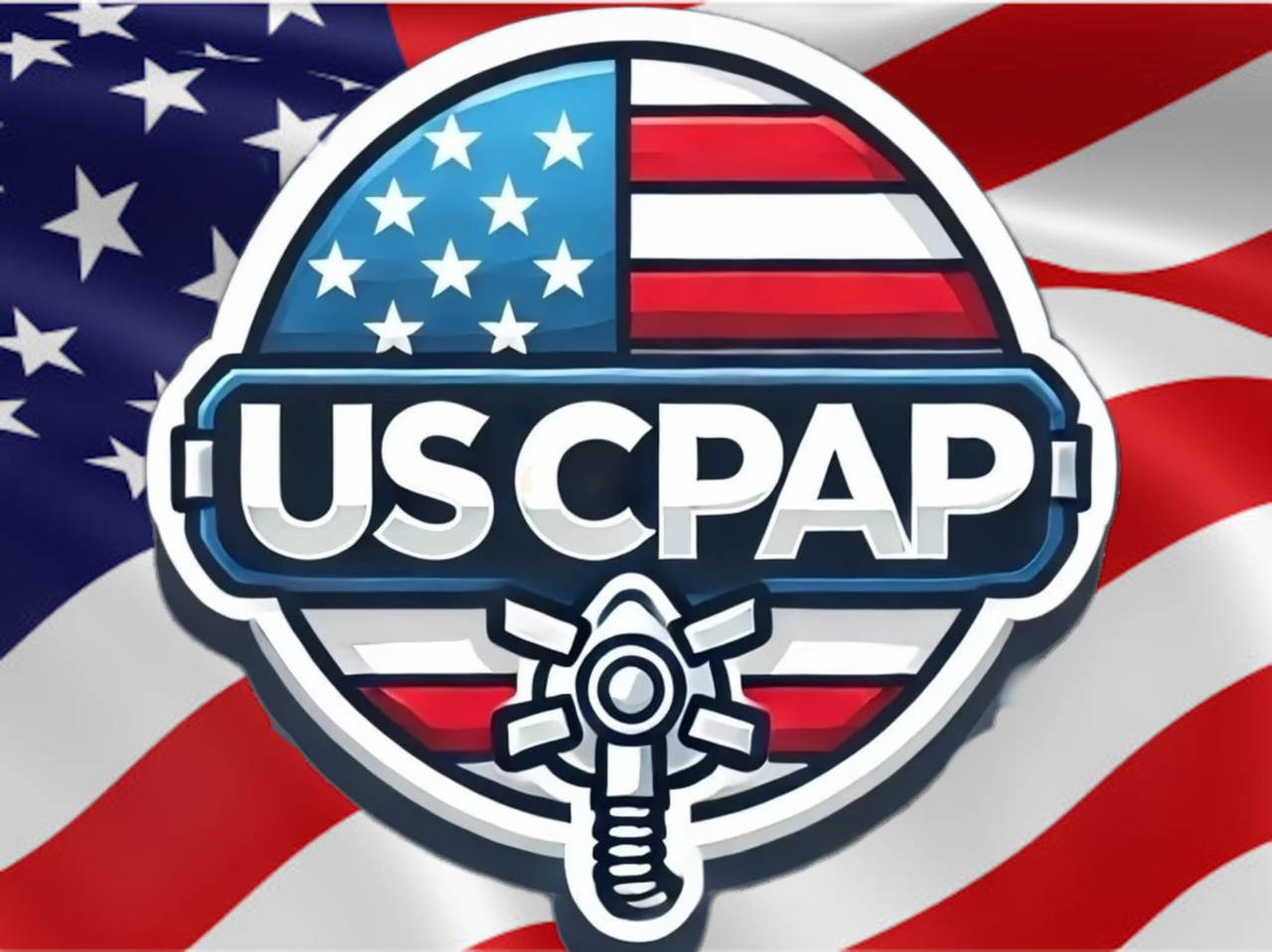
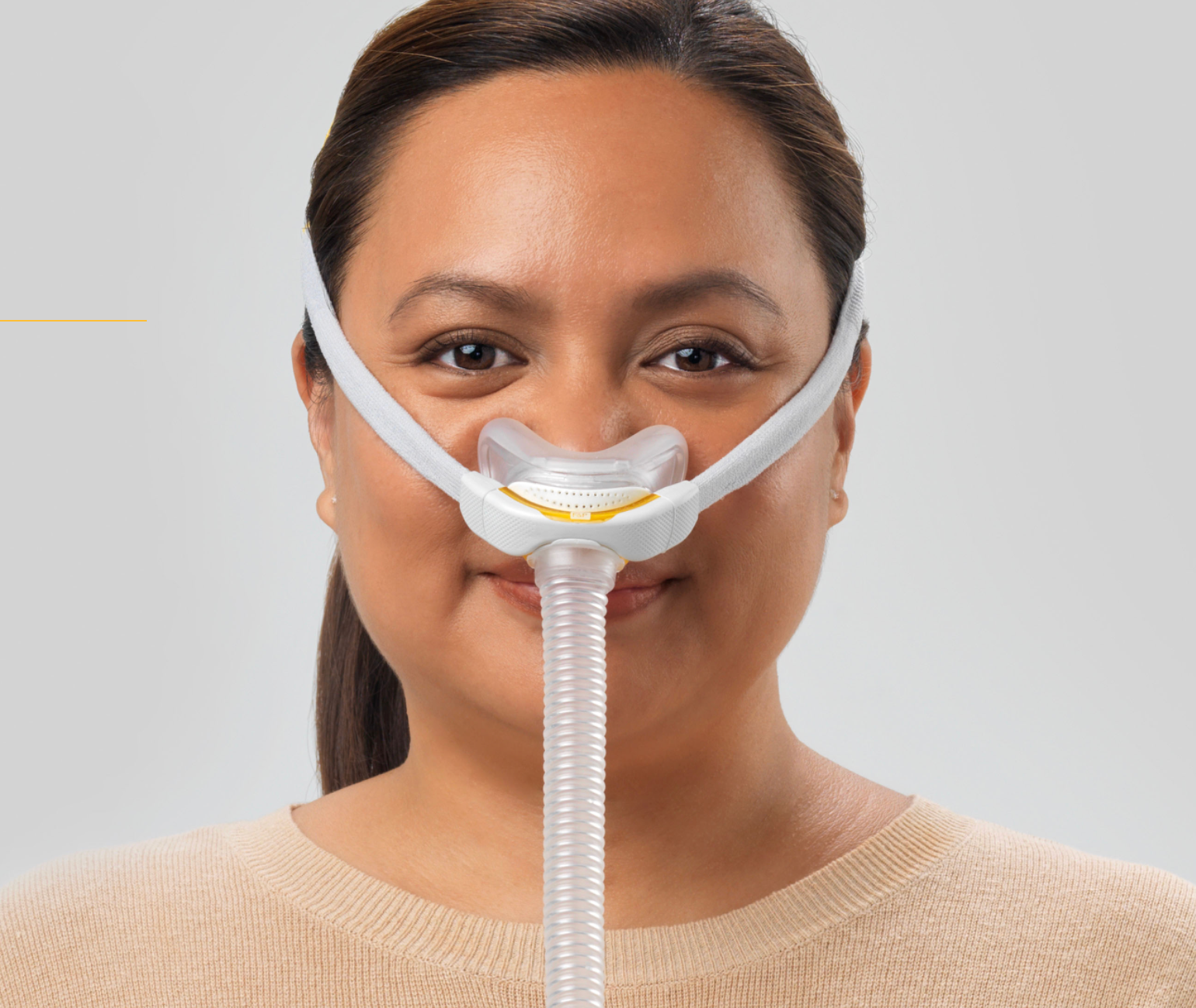
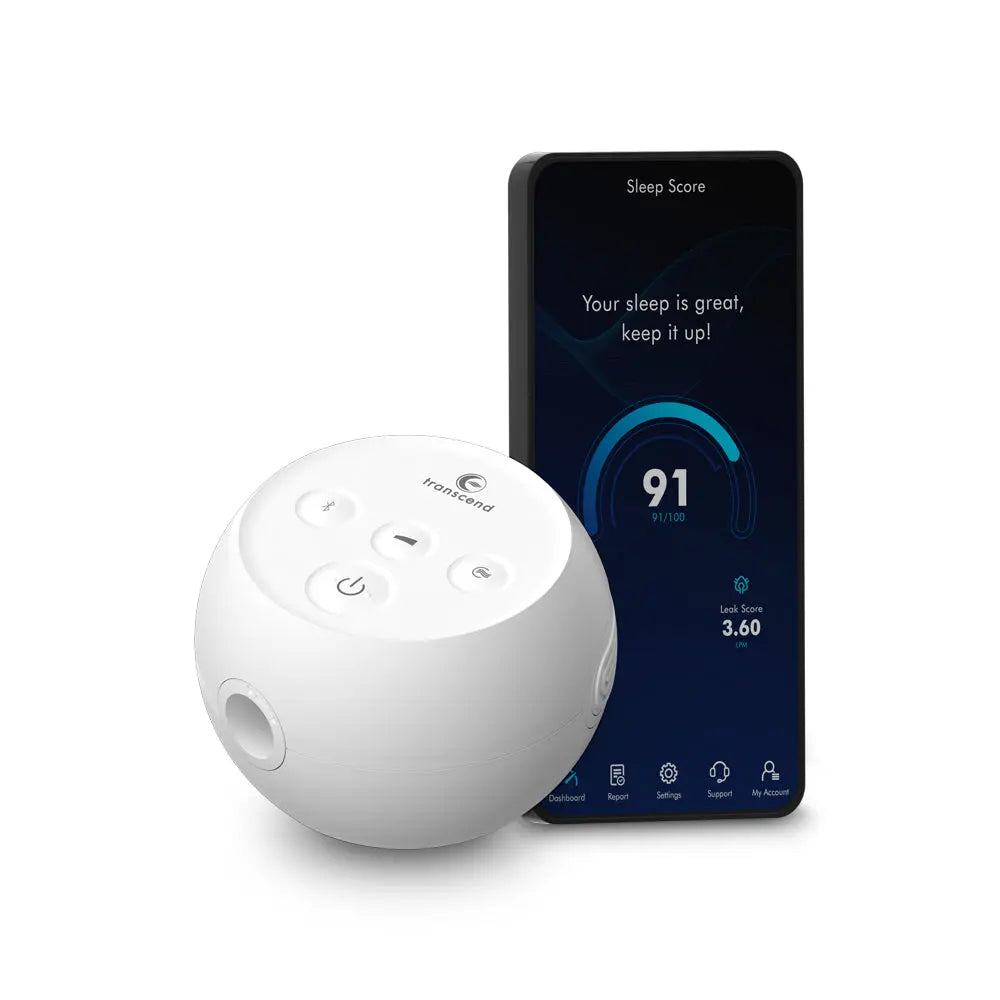
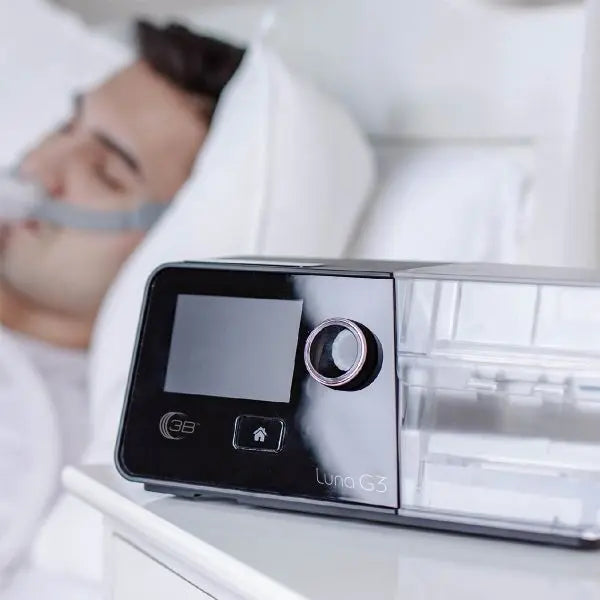



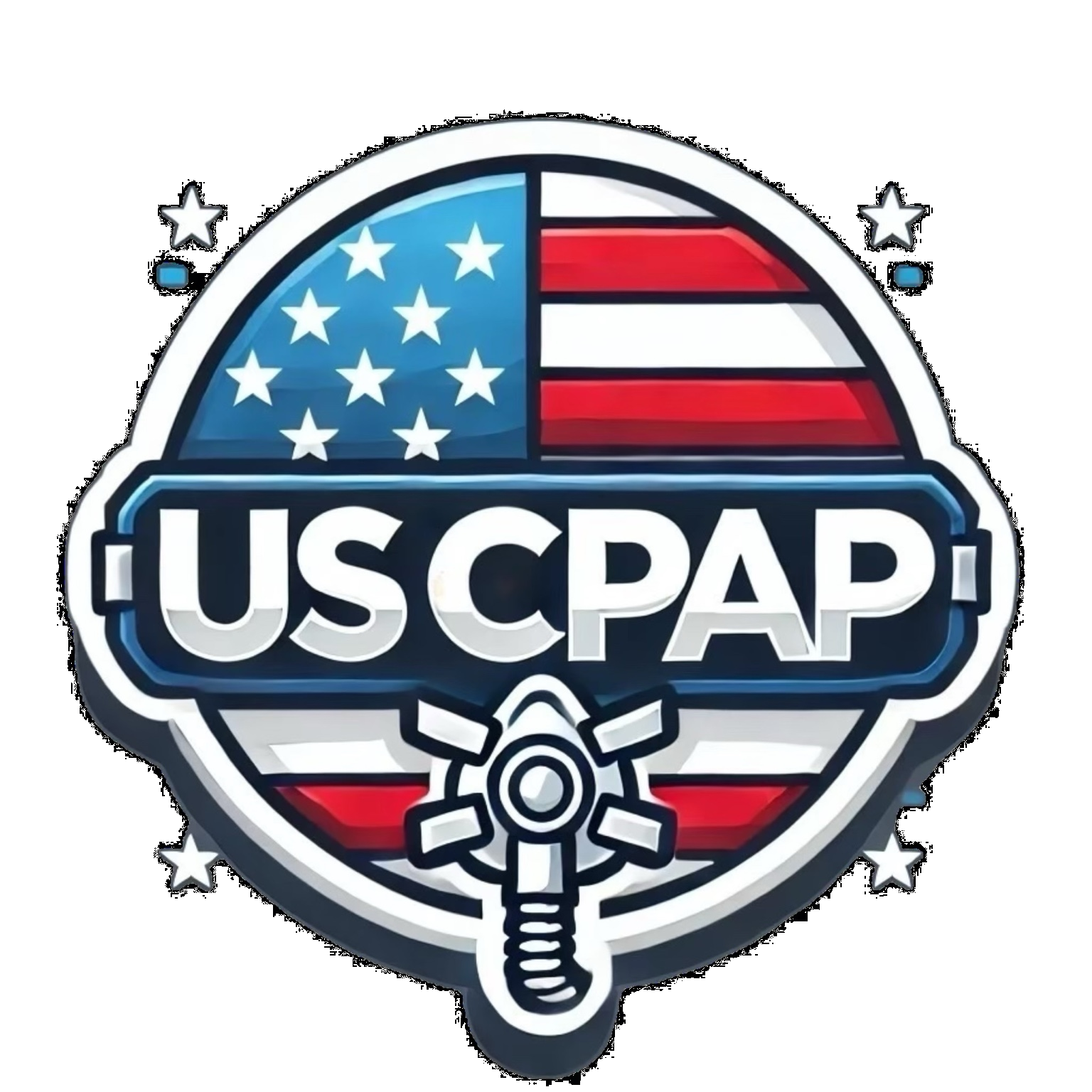
Leave a comment
This site is protected by hCaptcha and the hCaptcha Privacy Policy and Terms of Service apply.